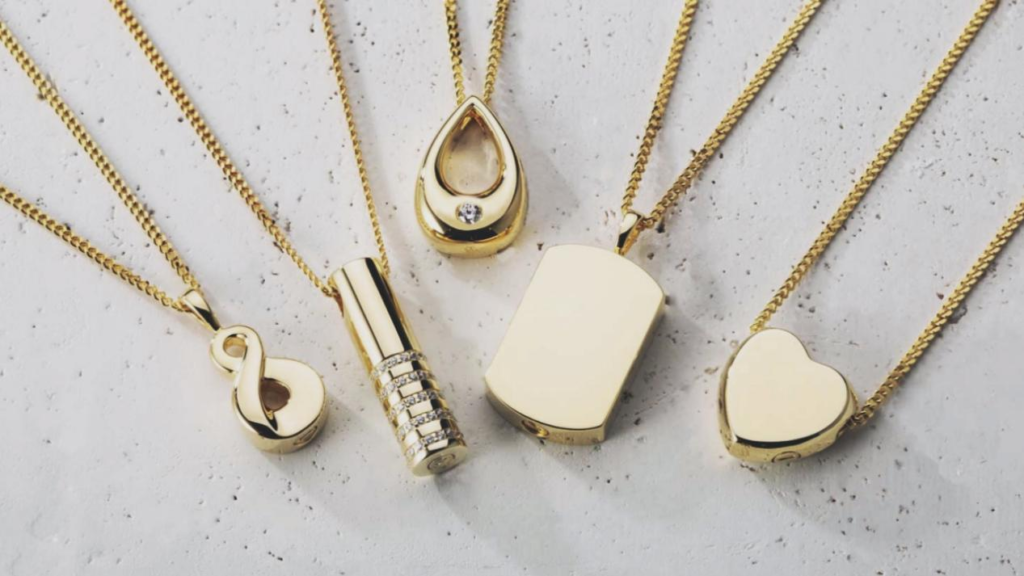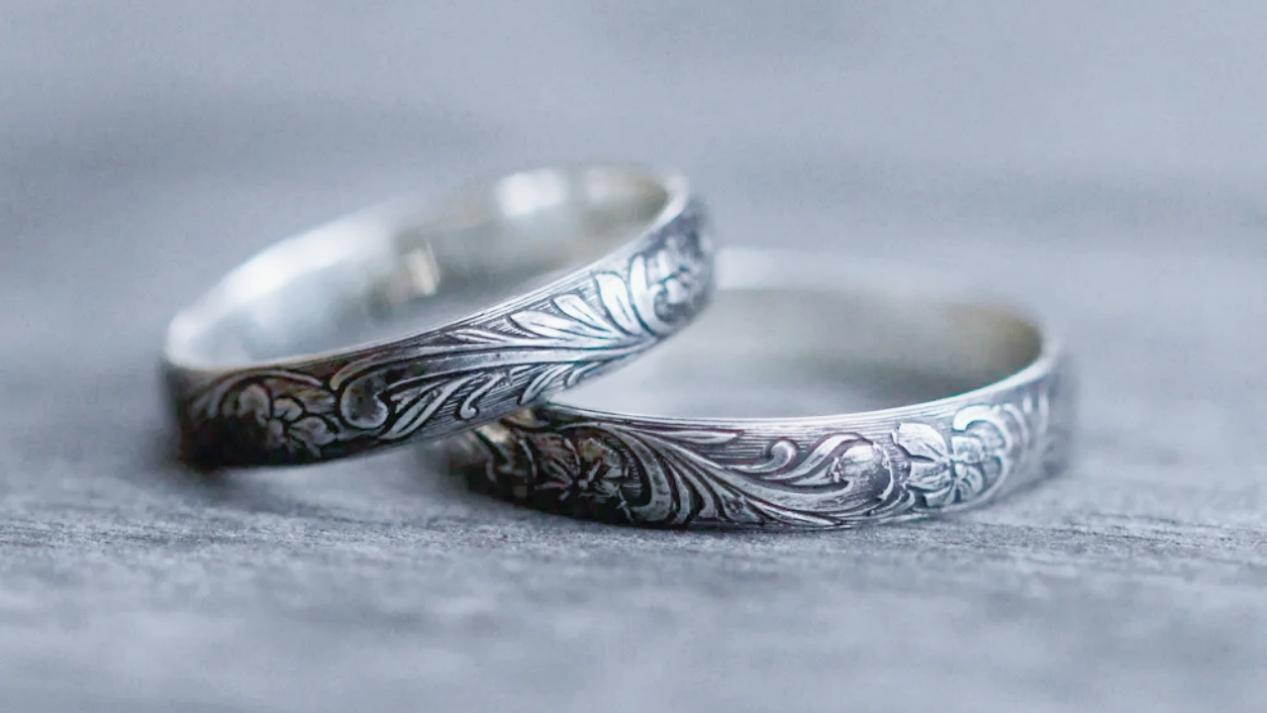Metal engraving is not fundamentally different from ordinary engraving. It is all about using some sharp tools to carve out the desired pattern on the item to be engraved. In fact, the application areas of metal engraving are very wide. In addition to the first word that comes to mind when we see metal engraving – decorative. Metal engraving is also often used in the medical industry, aviation industry and other industries. In addition, metal engraving in addition to engraving some lines and patterns. Also often carve some two-dimensional code, bar code and other patterns on it.
Contents
Ⅰ. What Are the Metal Engraving Techniques?
Hand carving is one of the most common types of carving that we hear about. In fact, this type of carving has really been around for a long time too, you can even go all the way back to centuries ago. Hand carving is particularly demanding on the carver. This is because it requires the craftsman to use tools such as carving knives and chisels to carve the desired design directly into the metal. It was not uncommon for a craftsman to spend ten days and half a month on some very complex and delicate designs. Therefore, the price of the engraved work was higher for some highly skilled craftsmen. Later, hand engraving has gradually failed to meet the needs of people for metal engraving. Although manual engraving with a carving knife was a great way to show how skilled the engraver was, the supply could not keep up with the demand. However, the supply could not keep up with the demand. Therefore, a variety of engraving machines to enhance the efficiency of work appeared one after another. Some of the more common metal engraving machines are pneumatic engraver. These machines help the engraver to complete the engraving work quickly.
Polished Engraving
By polishing, we do not mean, in the ordinary sense of the word, polishing the entire exterior of the metal. The polishing of the whole body of the work is done after the work is nearly finished. The polishing of a piece is done with a hardened tool on a specific area of the metal surface. This operation can also leave different patterns on the surface of the metal. However, for polishing and engraving, you will need to purchase additional equipment such as a polishing adapter.

Rotary Engraving
Rotary engraving is based on the principle of using a cutting tool with grooves to remove excess metal. One of the more prominent features of rotary cutting is its ability to engrave deeper patterns. Also, one of the more prominent advantages of rotary engraving is that it is capable of engraving some three-dimensional patterns. Moreover, this kind of engraving machine is equipped with many different sizes of grooves, so it is able to engrave patterns of many different sizes.
Laser Engraving
Laser engraving is where the engraving tool is replaced with a laser. The operation of laser engraving is a little more technical than other engraving methods. This is mainly due to the fact that laser engraving requires the use of CNC machines, as well as computers. However, the fineness of laser engraving is not comparable to other engraving methods.
Ⅱ. Specific Process of Metal Engraving
Understanding the above several major engraving methods, we can understand how the specific process of metal engraving. It can be roughly divided into the following processes.

- Overall design:
Before engraving metal, it is definitely always a good idea to have an overall plan for your piece. For example, what is the size like, what is the shape like, and then what are the details of it. And, if the user has a new opinion, it may need to be overturned and come back.
- Surface preparation of metal:
Before engraving metal, a simple treatment of the metal is required. It is actually removing the stains from the surface of the metal.
- Design Transfer:
Tools used in this step include transfer tissue paper, or the simplest graphite pencil. The design to be engraved is simply traced onto the metal block. It is easy to position for subsequent engraving by a master craftsman, or for machine engraving.
- Choosing the right tool:
In order to carve a good piece of work, good tools are naturally indispensable. In addition to the awls and hammers we can think of, there are also some carving machines, or some pneumatic tools. However, there is no such thing as the best choice. The carver needs to look at the details of the work and how deep it is, and then choose the right tool.
- Preliminary Carving:
Before carving the piece, it is necessary to have an initial estimate of the shape of the piece. The general shape is carved and the details are subsequently detailed. A good work is subject to constant refinement.
- Detailed carving:
While the initial carving is done to create the shape of the piece, it is the subsequent detailed carving that really determines the depth of the piece. Many different sizes and shapes of carving tools may be used here.
- Cleaning & Polishing:
Once the piece is finished, a simple cleaning of the piece is required. The purpose of this is to remove any burrs or small metal fragments that may have occurred during the engraving process. Once the cleaning is complete, the piece is given a final polish.
- Hardened:
Most metal engraving pieces are hardened. Another important point here is that if the metal you are engraving is gold or silver, their luster will increase significantly after they have been hardened.
